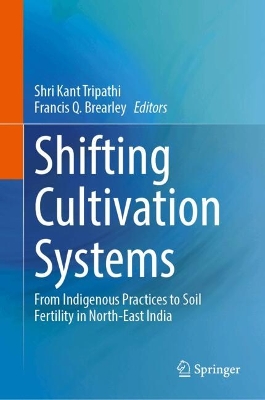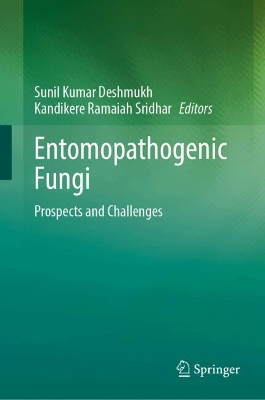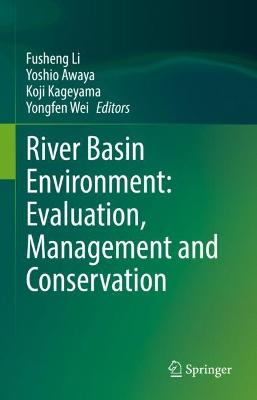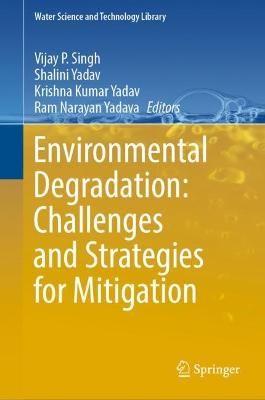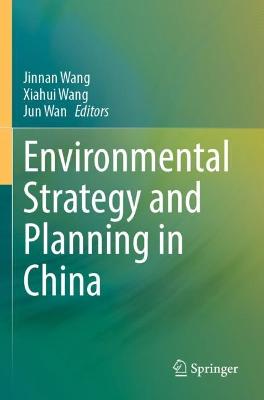Urban Forests, Climate Change and Environmental Pollution
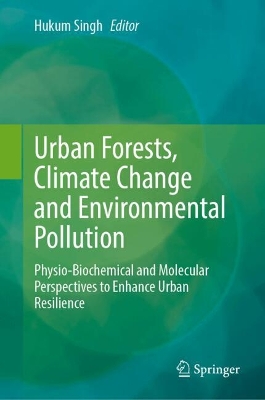 portes grátis
portes grátis
Urban Forests, Climate Change and Environmental Pollution
Physio-Biochemical and Molecular Perspectives to Enhance Urban Resilience
Singh, Hukum
Springer International Publishing AG
12/2024
1037
Dura
9783031678363
Pré-lançamento - envio 15 a 20 dias após a sua edição

